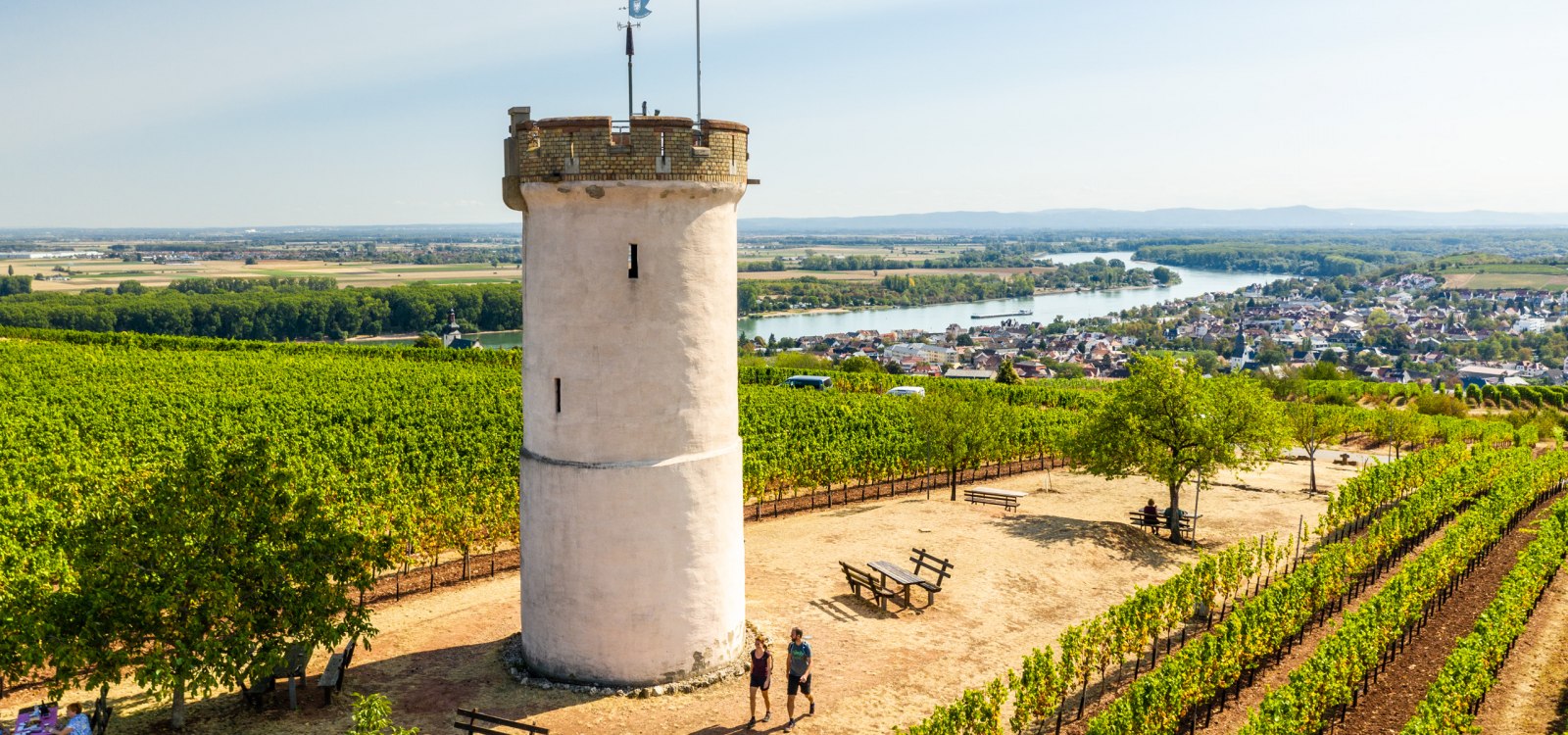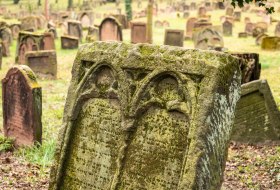Culture on the hiking trail
Sights on the RhineTerrassenWeg
The Kaiserdome in Worms and Mainz, the Katharinenkirche in Oppenheim or the Rote Hang in Nierstein are known far beyond Rheinhessen and are an absolute highlight of every hike. But the RheinTerrassenWeg lives especially from the gems and moments in the wine villages. People like to talk about their regional attractions. Let yourself drift and enjoy the culture and the stories on the RheinTerrassenWeg.









